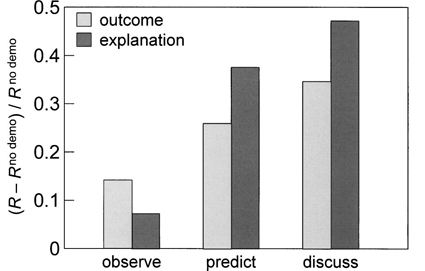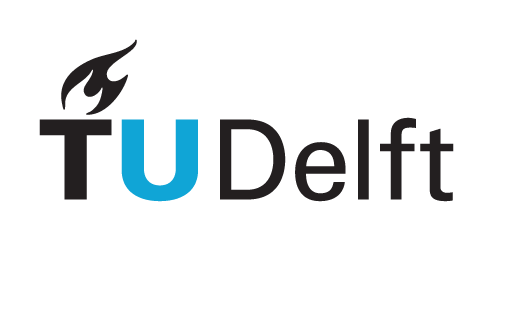Introduction#
“How to demonstrate” means how to do it as effective as possible and with “effective” we mean that students really learn from the presented demonstrations. Demonstrations are commonly believed to help students learn science and to stimulate their interest. The latter objective is generally achieved: studies show that demonstrations are among students’ favourite elements of a course. But research on the first objective also shows that traditional demonstrations do not effectively help students grasp the underlying scientific concepts or correct their misconceptions, while teachers often think the opposite. Here we refer to two studies:
“Why may students fail to learn from demonstrations?” [1]
“Classroom demonstrations: Learning tools or entertainment?” [2]
Tip
A good example of what a typical documented demo looks like can be found in the paragraph on Gauss’ Law. Some statistics on the popularity of particular demos among lecturers can be observed here in the form of histograms presenting the number of demonstrations per demo.
These studies show that students who passively observe demonstrations understand the underlying concepts no better than students who do not see the demonstration at all! Learning is enhanced, however, by increasing student engagement. The key to an effective demonstration is interaction with the audience. Students who predict the demonstration outcome before seeing it, display significant greater understanding. The effect of these three types of presenting demonstrations, is shown in the graph below (see the AJP-article [1]).

Fig. 1 Bar graph illustrating the difference in outcome of three teaching methods#
Observe:
students observe the demonstration.
hear the instructor’s explanation.
Predict:
students record their prediction (without discussion)
observe the demonstration.
hear the instructor’s explanation.
Discuss:
students record their prediction (without discussion)
observe the demonstration.
discuss it with fellow students
hear the instructor’s explanation.
At our department we apply as much as possible the predict-method. (The discuss-method needs too much time in our way of demonstrating). In the large lecture halls we question the prediction of the students before showing the demonstration. After a couple of minutes a multiple choice prediction is then presented to them. Then we show the demonstration and a short discussion follows.

